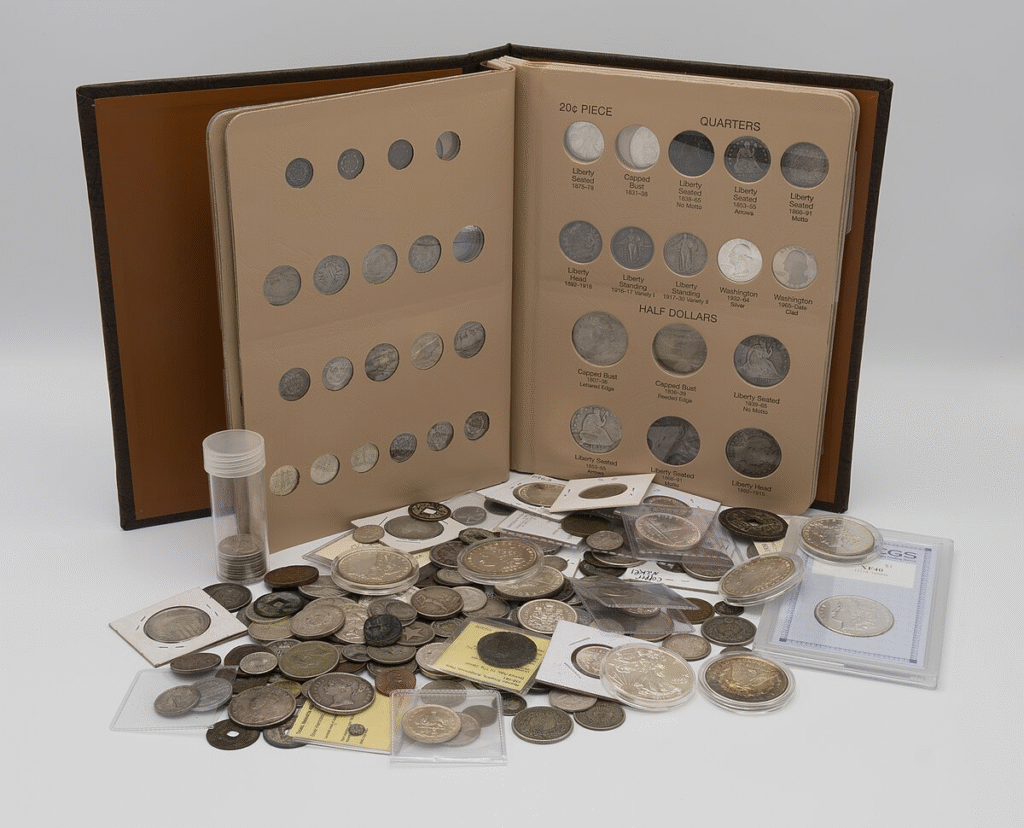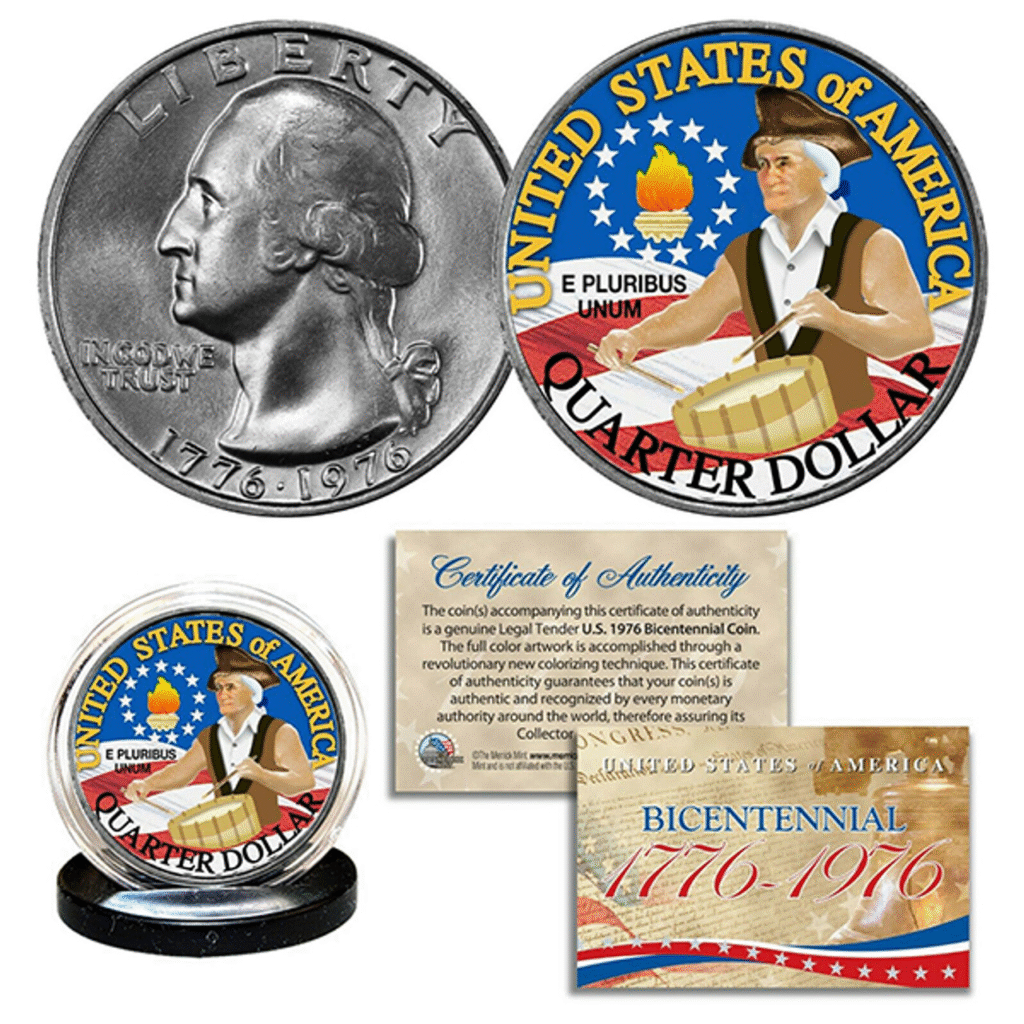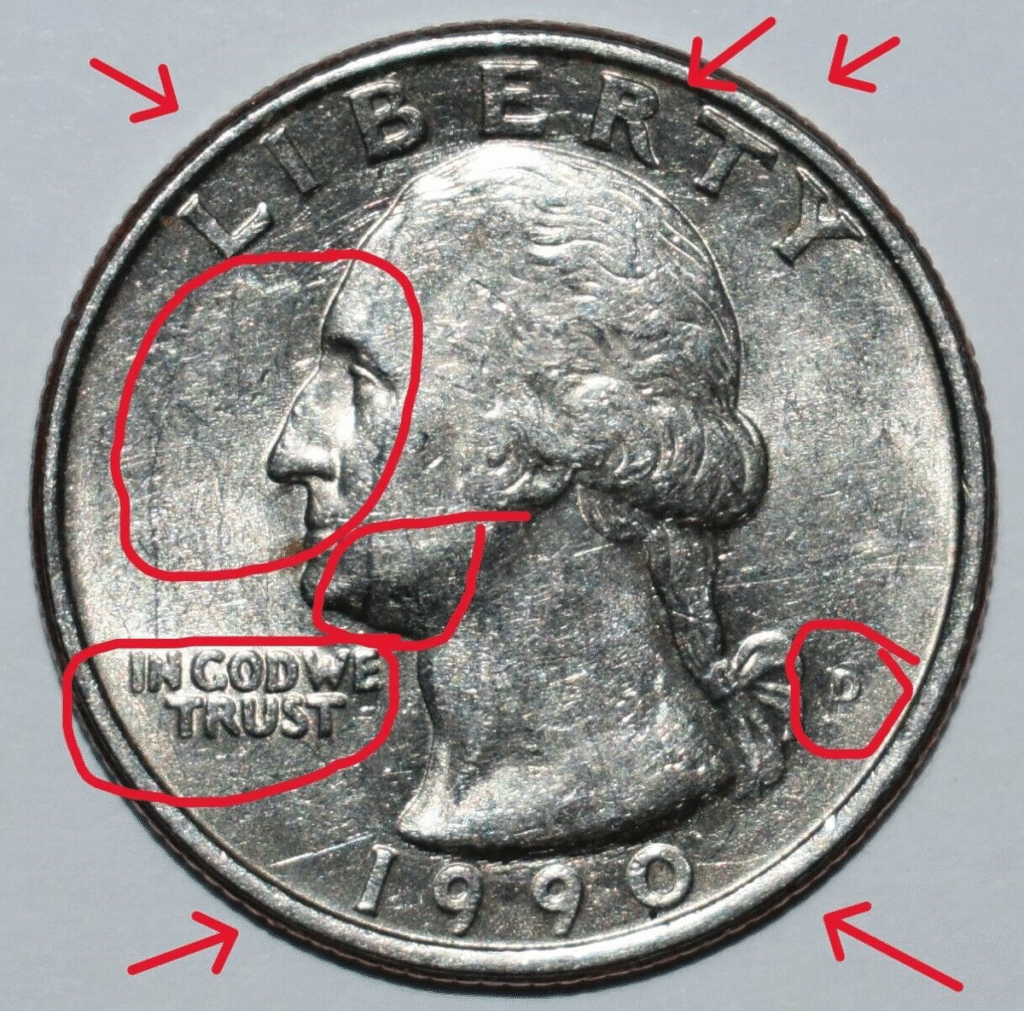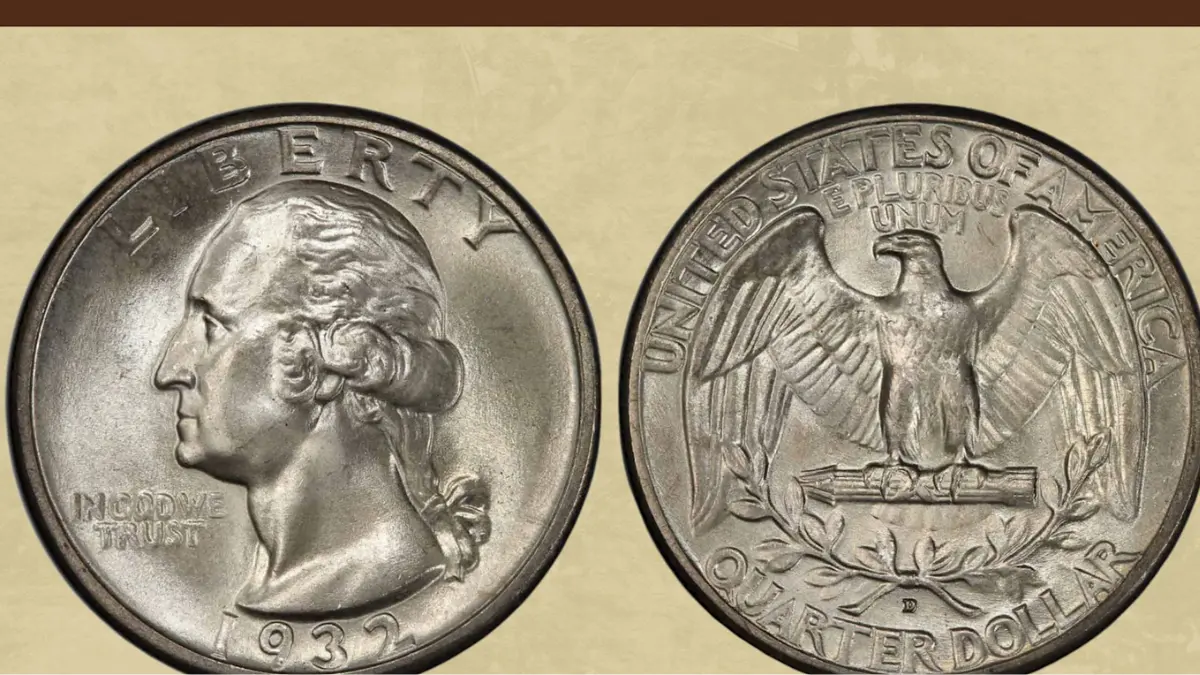The humble quarter rattling around in your pocket might be worth far more than 25 cents—and collectors across America are scrambling to find them. From bicentennial commemoratives to modern state quarters, certain coins bearing the Latin motto “E Pluribus Unum” are fetching jaw-dropping prices at auctions, with some examples selling for thousands of dollars. As the coin collecting market continues its steady growth—projected to reach over $61 billion by 2032—Americans are taking a second look at their spare change.
E Pluribus Unum Quarter Dollar Value: Understanding the Basics
Every United States quarter features the phrase “E Pluribus Unum,” Latin for “Out of Many, One,” positioned on the reverse side of the coin. This motto has appeared on American quarters since the coin’s inception, making it a standard feature rather than a rarity indicator. However, what determines an e pluribus unum quarter value isn’t the inscription itself—it’s the combination of the coin’s age, mint mark, condition, and potential errors.
According to the NGC Price Guide, most standard quarters in circulation are worth their face value of 25 cents. But the exceptions tell a different story. Silver quarters minted before 1965 contain 90% silver content, giving them immediate intrinsic value above face value based solely on metal content. Professional coin appraiser data shows circulated pre-1965 quarters typically trade between $4 and $6, while uncirculated examples can command significantly higher premiums.

The real treasure hunt begins when examining specific dates, mint marks, and manufacturing errors. The 2004-D Wisconsin “Extra Leaf” quarter, for instance, has sold for up to $6,000 in top condition. Similarly, doubled die errors and off-centre strikes on common quarters can transform a 25-cent piece into a collector’s item worth hundreds or thousands of dollars.
1776 to 1976 E Pluribus Unum Quarter Value: The Bicentennial Phenomenon
The 1776 to 1976 bicentennial quarter remains one of the most recognisable commemorative coins in American history. Struck to celebrate the nation’s 200th birthday, these quarters feature a distinctive colonial drummer design on the reverse and the dual date “1776-1976” on the obverse. Over one billion were minted between 1975 and 1976 at Philadelphia and Denver facilities, making standard circulation examples common.
Most bicentennial quarters in average circulated condition are worth between 30 cents and 85 cents—just slightly above face value. However, certain varieties command substantial premiums. The 40% silver versions, exclusively sold in special collector sets by the San Francisco Mint, represent the first major value tier. Approximately 9 million silver bicentennial quarters were produced, and pristine uncirculated examples can sell for $6 to $10.

The real excitement surrounds error coins. A 1976-S clad proof bicentennial quarter sold for $6,038 in 2010, while error varieties featuring doubled dies, off-centre strikes, or wrong planchet errors have fetched between $2,400 and $3,550 at major auctions. Collectors particularly prize the 1776-1976 D doubled die obverse variety (designated FS-101 by PCGS), where doubling is visible on the “R” in “LIBERTY”—these can be worth hundreds of dollars even in lower grades.
E Pluribus Unum Quarter Value 1776 to 1976: Identifying Valuable Specimens
Not all bicentennial quarters are created equal, and knowing what to look for can mean the difference between spending 25 cents and discovering a $2,000 coin. The first step is checking the mint mark, a small letter located on the obverse side of the coin. Quarters with no mint mark were produced in Philadelphia; those with a “D” came from Denver, and “S” indicates San Francisco.
San Francisco bicentennial quarters are particularly interesting because they include both the standard copper-nickel-clad versions and the 40% silver varieties. To distinguish silver quarters, examine the edge of the coin. Clad quarters show a visible copper stripe running through the middle, while silver quarters display a uniform silver-coloured edge.

Beyond mint marks and composition, condition dramatically impacts value. Professional grading services like PCGS, NGC, and CAC use a 70-point scale to assess coin condition, with higher grades commanding exponential premiums. A bicentennial quarter graded MS68 (Mint State 68) recently sold for thousands of dollars, while the same coin in MS63 condition might bring only $50.
Error varieties represent the pinnacle of bicentennial quarter values. Common errors include doubled die obverses, off-centre strikes, struck-through errors, and wrong planchet strikes (where the quarter design was stamped on metal intended for a different coin). Some collectors have discovered bicentennial quarters struck on dime planchets or even Philippine peso blanks, with these rarities selling for well over $3,000 at auction.
1776 to 1976 Quarter Dollar E Pluribus Unum Value: Market Trends and Expert Insights
The coin collecting market has experienced significant evolution in recent years, with younger generations driving renewed interest in numismatics. According to industry research, 61% of Americans identify as collectors, with coin collecting ranking as the top area of interest at 17%. Generation Z has emerged as the demographic most likely to start collecting coins, viewing them as tangible investments in an increasingly digital world.
This demographic shift has influenced market dynamics for quarters, including bicentennial issues. While traditional collectors focused on completing sets in pristine condition, many younger enthusiasts are “treasure hunting” through bank rolls and pocket change, searching for valuable errors and varieties. Social media platforms and YouTube channels dedicated to coin collecting have amplified awareness, with some videos about valuable state quarters and bicentennial errors garnering hundreds of thousands of views.
Professional coin dealers emphasise the importance of authentication for high-value quarters. “The coin collecting market in 2025 presents amazing chances for growth,” notes industry analysis from AH Coin Company, highlighting that proper grading and certification are essential for realising maximum value. Major grading services like NGC, PCGS, and CAC offer authentication and encapsulation services, with fees typically ranging from $20 to $50 per coin depending on turnaround time and services requested.
Recent auction results demonstrate sustained collector interest. A rare high-grade state quarter error sold for $75,000 in 2025, while pristine examples of common Washington quarters with dramatic mint errors have exceeded $77,000. Even modern quarters from the American Women Quarters Program (2022-2025) have shown significant premiums for error varieties, with some examples reaching five-figure valuations.
Expert Perspective: What Collectors Should Know
“The beauty of coin collecting is that history is never far away—sometimes it’s sitting right there in your pocket,” explains seasoned numismatist Christian Hartch, founder of the popular Treasure Town YouTube channel. Hartch, who began collecting with his father and grandfather, emphasises that patience and knowledge are key to successful treasure hunting.
Industry experts consistently advise collectors to focus on three critical factors when assessing quarter values: date and mint mark, condition, and errors or varieties. For bicentennial quarters specifically, numismatists recommend examining coins under magnification to spot doubled dies, particularly on the obverse “LIBERTY” inscription and the “R” in particular.
Professional graders also caution against confusing genuine doubled die errors with “machine doubling”, a worthless anomaly that occurs when a loose die bounces during striking. Machine doubling appears flat and shelf-like, while true doubled dies show complete separation between the original design and the doubled image.
The Future of Quarter Collecting in America
As 2025 progresses, the coin collecting hobby shows no signs of slowing down. The U.S. Mint continues releasing new commemorative quarters, with the American Women Quarters series concluding this year featuring athletes like Althea Gibson. Market projections indicate the global coin collecting industry will grow at approximately 8.08% annually through 2032, driven by increased interest from younger collectors and the tangible nature of coins as investments.
For Americans wondering about those quarters in their change jars and piggy banks, the message from experts is clear: take a closer look before spending them. While the vast majority of quarters bearing “E Pluribus Unum” are worth only 25 cents, the rare exceptions—silver content quarters, key date issues, high-grade specimens, and error varieties—can transform spare change into substantial windfalls.
The coin collecting community continues to thrive through local clubs, online forums, and educational resources from organisations like the American Numismatic Association, which boasts over 1,200 youth members. Whether driven by investment potential, historical interest, or the simple thrill of the hunt, Americans are rediscovering that the quarters in their pockets might be worth a second glance—and possibly much more than they ever imagined

